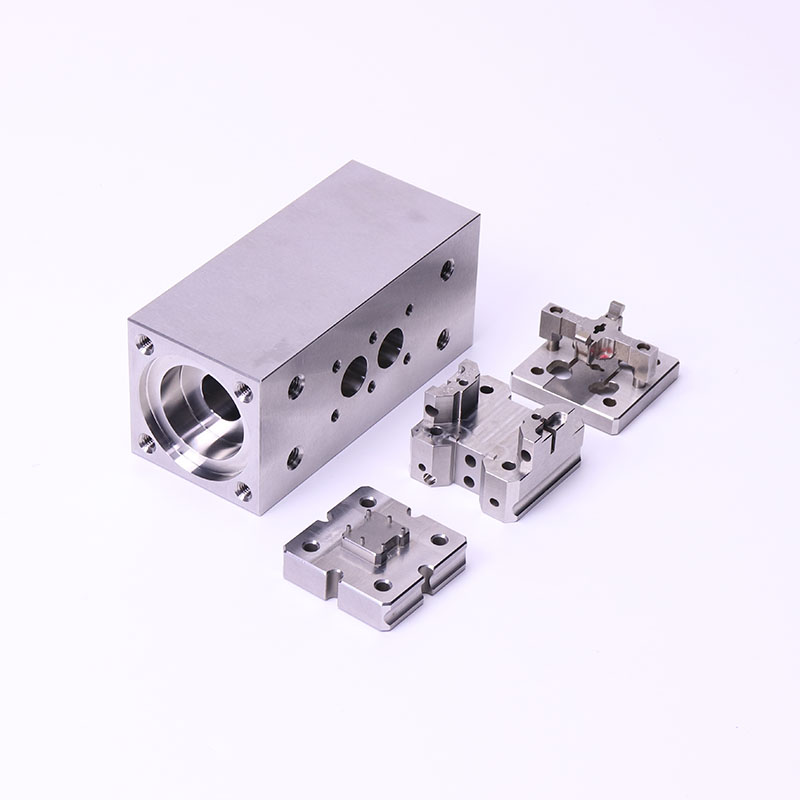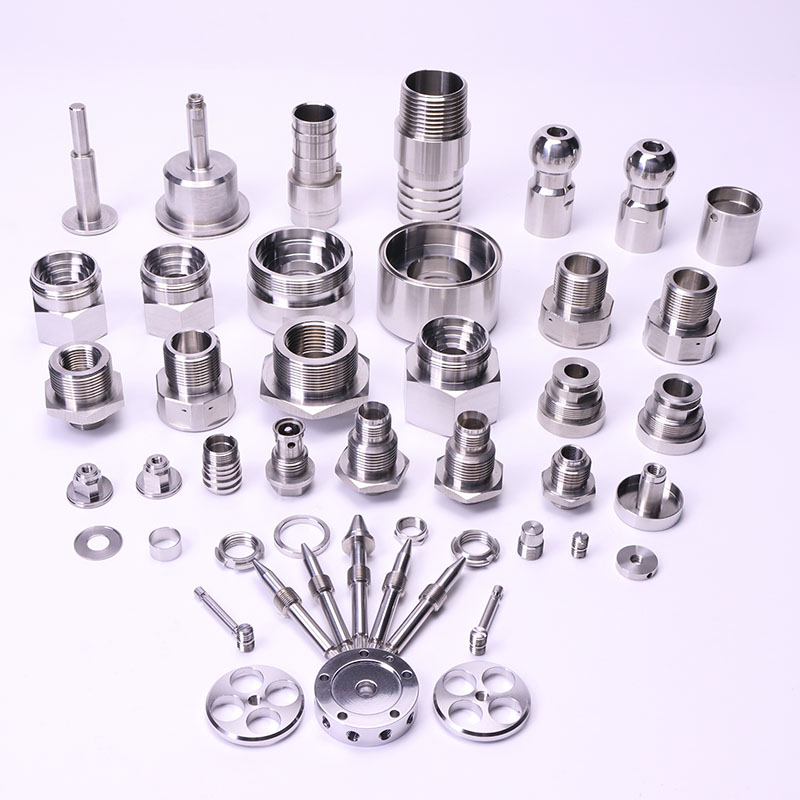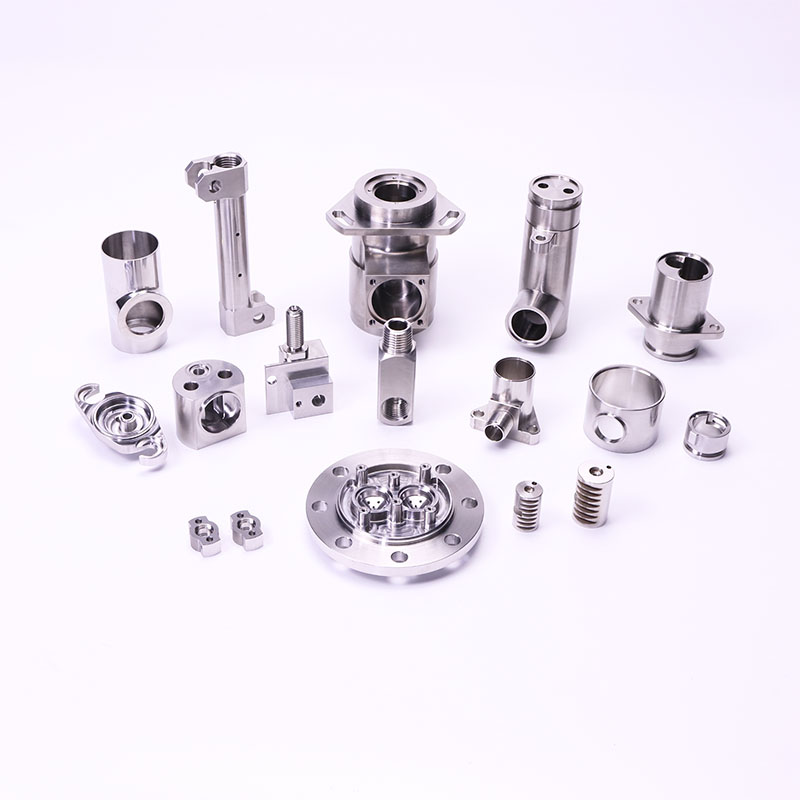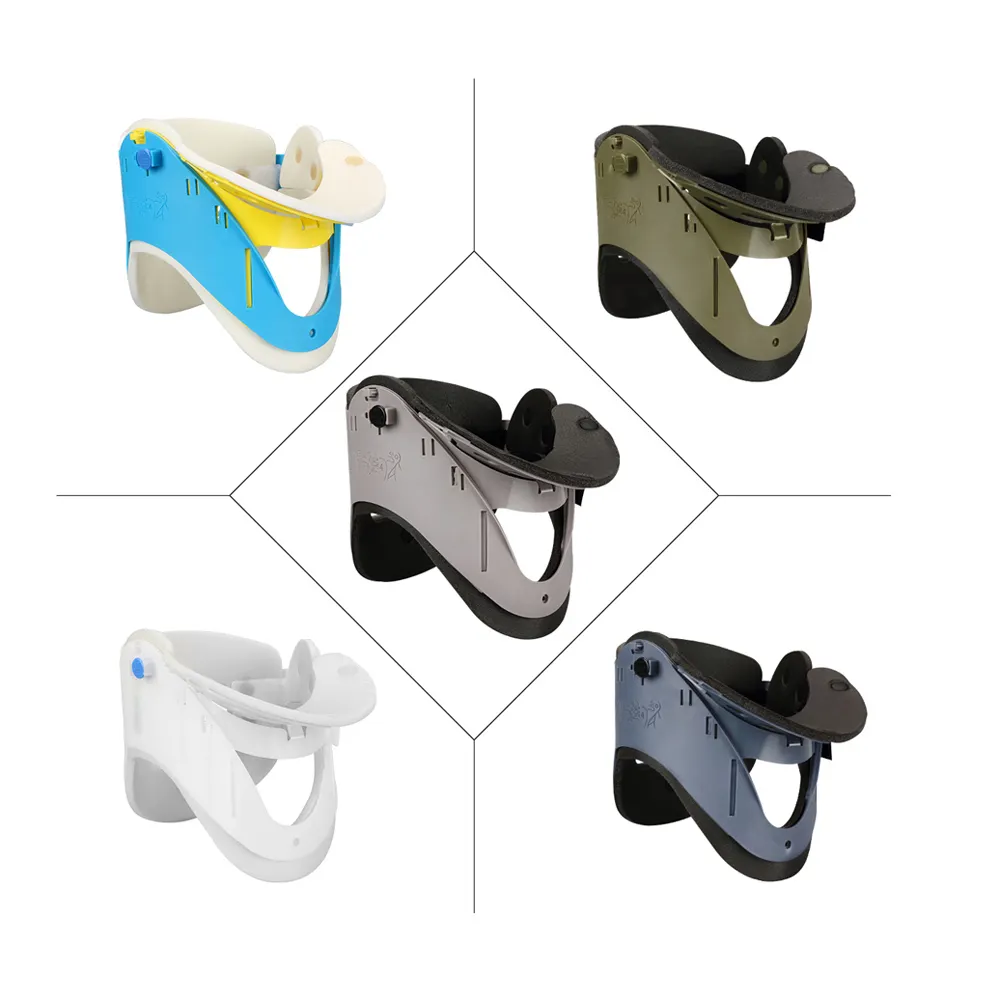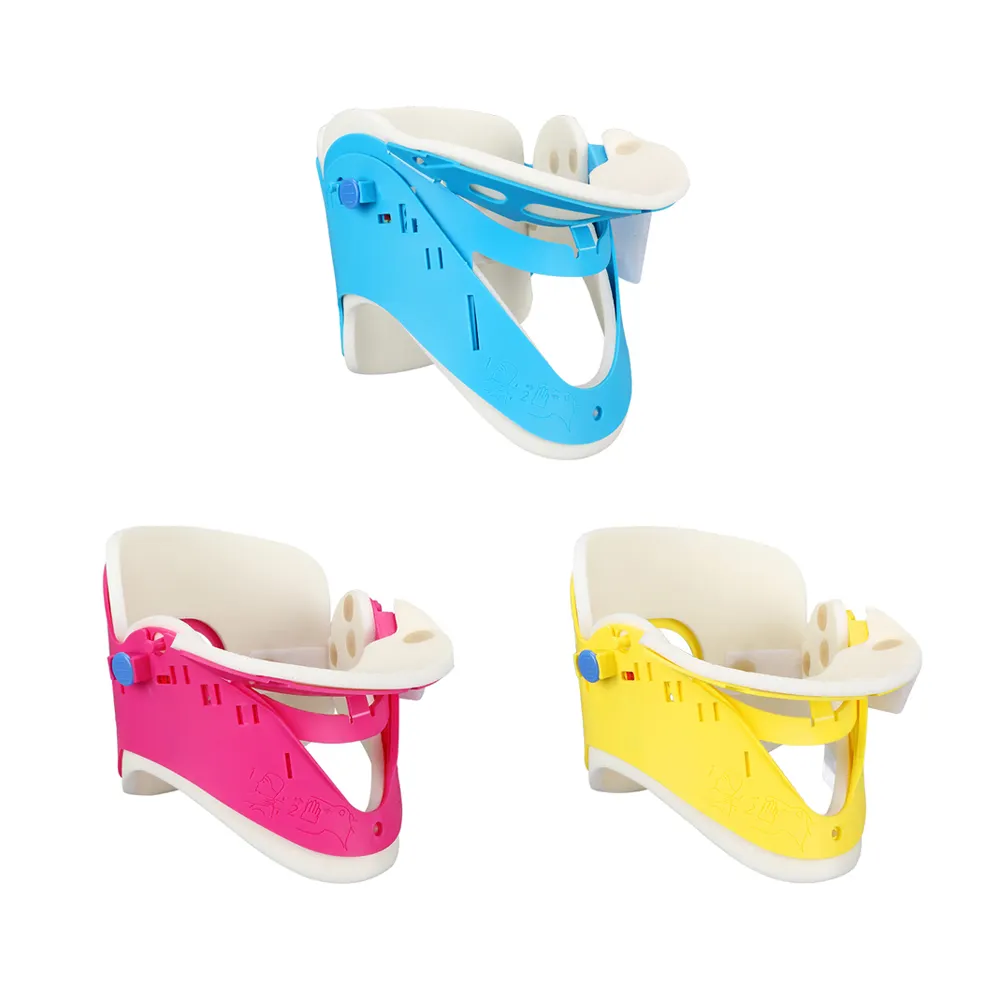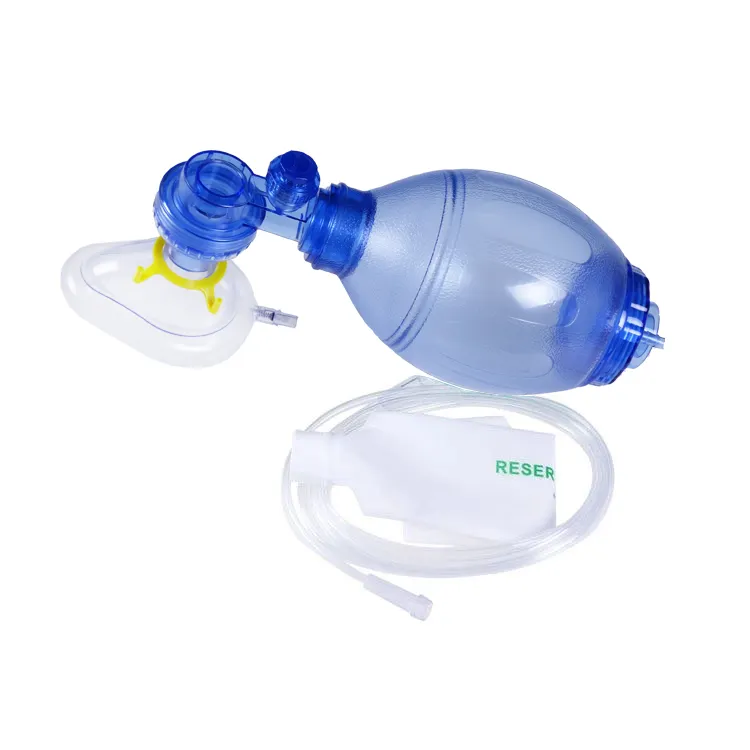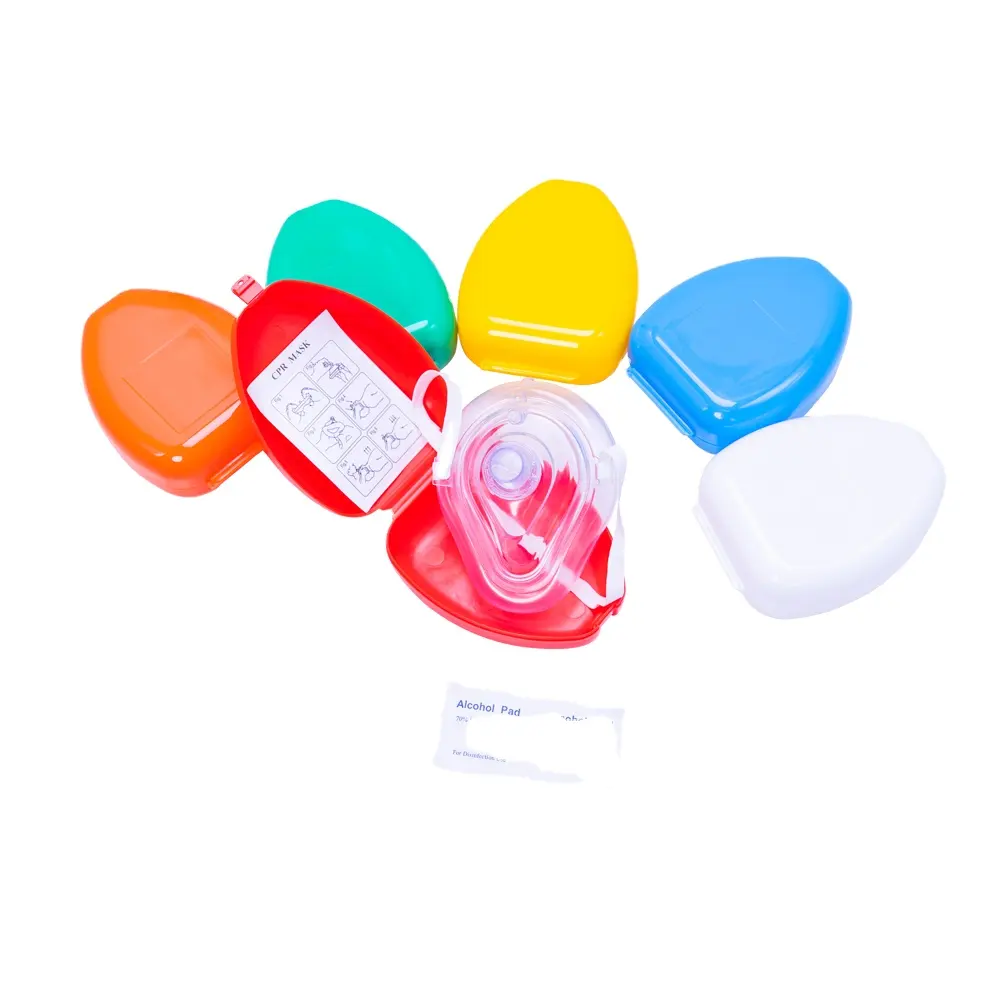Introduction
Imagine crafting a turbine blade with intricate curves or a medical implant requiring micron-level accuracy. Traditional 3-axis machines struggle with such tasks, demanding multiple setups and increasing error risks. Enter 5-axis machining—a technology that redefines manufacturing flexibility. By enabling simultaneous movement across five axes, it eliminates bottlenecks in producing complex components. For companies like Xiamen Prime Kunwu Industrial Co., Ltd., mastering this technology has unlocked new possibilities for clients seeking precision and scalability. Let’s dive into its game-changing advantages.
1. Why 5-Axis Machining? Solving Industry Pain Points
1.1 Eliminating Multi-Step Setups
Traditional 3-axis CNC requires repositioning parts for complex geometries, leading to alignment errors and wasted time. A Boeing case study revealed that 5-axis machining reduced wing rib production from 12 setups to just 2, cutting lead times by 40%.
1.2 Achieving Micron-Level Precision
With tools approaching from five directions, engineers can maintain tighter tolerances (±0.005mm). For medical implants, this ensures seamless compatibility with human anatomy. Stryker Corporation reported a 30% reduction in post-processing after adopting 5-axis systems for spinal devices.
1.3 Cost Efficiency Through Material Optimization
5-axis machines contour parts with minimal material waste. German automaker BMW slashed titanium component costs by 22% using adaptive toolpaths that maximize raw material usage.
2. Real-World Applications Across Industries
2.1 Aerospace: Lighter, Stronger Components
GE Aviation leverages 5-axis CNC to produce fuel nozzles with internal cooling channels—impossible with conventional methods. The result? A 15% weight reduction and 20% better fuel efficiency in LEAP engines.
2.2 Medical: Customized Implants
Chinese firm Beyond Medical adopted 5-axis systems for patient-specific cranial plates. By integrating AI-driven CAD designs, they achieved a 50% faster production cycle while maintaining ISO 13485 compliance.
2.3 Automotive: Rapid Prototyping
Tesla’s R&D team uses 5-axis machining to iterate electric motor housings in 48 hours—down from two weeks. This agility accelerates time-to-market for new models like Cybertruck.
3. Technical Data & Trends
Market Growth: The global 5-axis CNC market is projected to reach $15.2B by 2030 (CAGR 8.7%), driven by aerospace and healthcare demands (IMTS 2023 Report).
Accuracy Benchmark: Modern 5-axis systems achieve surface finishes of Ra 0.4µm, surpassing conventional grinding (ASME Journal of Manufacturing).
4. Conclusion
5-axis machining isn’t just a technological leap—it’s a strategic imperative. By minimizing setups, enhancing precision, and slashing costs, it empowers manufacturers to tackle tomorrow’s challenges today. At Xiamen Prime Kunwu Industrial Co., Ltd., we integrate this innovation to deliver solutions that redefine what’s possible.
References
Wohlers Report 2023: Additive Manufacturing and CNC Synergies.
ASME Journal of Manufacturing Science (2022): 5-Axis Toolpath Optimization.
IMTS 2023 White Paper: Global CNC Market Trends.
FAQs
1. What are the main benefits of 5-axis machining over 3-axis?
5-axis CNC reduces setups by 70%, improves precision (±0.005mm), and cuts material waste, as seen in Boeing’s aerospace part production.
2. Is 5-axis machining cost-effective for small-batch production?
Yes. Its single-setup capability lowers labor costs, ideal for prototypes and medical implants like Stryker’s spinal devices.
3. Which industries use 5-axis CNC most frequently?
Aerospace (e.g., GE Aviation), medical (e.g., Beyond Medical), and automotive (e.g., Tesla) sectors rely on it for complex geometries.
4. How does 5-axis machining improve surface finish quality?
Multi-angle tool access achieves Ra 0.4µm finishes, surpassing grinding, critical for BMW’s high-end automotive components.
5. Can 5-axis machines handle titanium and other hard metals?
Absolutely. Adaptive toolpaths optimize cutting forces, proven in BMW’s 22% cost reduction on titanium parts.
Contact Info
Mr. Brook Lin
Job Title: Sales manager
E-mail: [email protected]
Mob/WhatsApp:+86 13599927066
Wechat:+86 13599927066 Skype:+86 13599927066
Country/Region: China (Mainland) Province/State: Fujian
Operational Address: Building 172, Tongan Industrial Zone, Tongan Area, Xiamen, Fujian, China (Mainland) Zip: 361100

